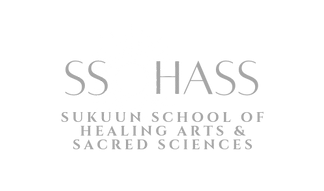Following my blog on Food Literacy: 6 Tips for Reading Food Labels where I gave some protips for reading ingredients on food labels, I was asked the following question by several people: What about nutrition facts and calories, how do you read those? So I thought I’d answer here. I don’t really find the nutritional facts aside from mineral and protein values really helpful. Calorie, carb, fat and cholesterol quantities don’t really tell me anything because not all calories, carbs, fats and cholesterols are created equal. I also don’t believe in counting calories, read Counting Calories Counting Madness. The ingredients list is a better determinate of the quality of the food. The quality of the food is determined by the quality of the ingredients, bottom line. For example, a zero calorie food may not have any added sugar but may have toxic artificial sweeteners like Aspartame. Likewise, something may be higher in sugar but be very good for you, like organic beets or bananas. Similarly, a bag of organic nuts or a stick of grass fed beef jerky may have higher cholesterol and fat quantities but might be far healthier than fat free ice cream.

However, with nutritional facts I do get to see how much nutrients in the form of minerals and vitamins are contained in the food, which I find especially helpful when creating targeted nutrition plans for Nutritional/Mineral Balancing based on one’s unique HTMA/biochemistry. So for example, if someone needs more potassium, I would recommend they look for foods with higher potassium levels on nutrition labels. Potassium is an essential mineral that is quite difficult to get and is responsible for many vital functions in the body including regulating blood pressure and heart health. Read more about potassium deficiency here.
Sodium levels in the food can also be somewhat helpful but like sugars and calories, sources of sodium can also differ, affecting the way the body utilizes the sodium. Sodium from unrefined salts replete with many co-minerals like Himalayan, Redmond’s Real Salt, or Sea Salts does not cause high blood pressure. But sodium from refined salts like table salt, iodized salts or monosodium glutamate do cause high blood pressure. So again, checking the ingredients would be more helpful than relying solely on the listed sodium levels. Also, keeping track of one’s protein intake can be important for a lot of people, most people actually. In fact, I find counting protein rather than calories leads to far better healthy food decisions and better health outcomes. So yes, I do consider mineral, vitamin and protein levels while scanning a food label but I generally skip over the calories, fats, sugars and cholesterol info. They really don’t say much about the quality of the food.
Find out how you can get a targeted nutrition plan based on your HTMA’s individual biochemistry.
#HTMA #Diet #Nutrition #targetednutrition #nutritionalbalancing #mineral #mineralbalancing #metabolic #cellular #orthomolecular #homeopathy #healing #food #foodliteracy

